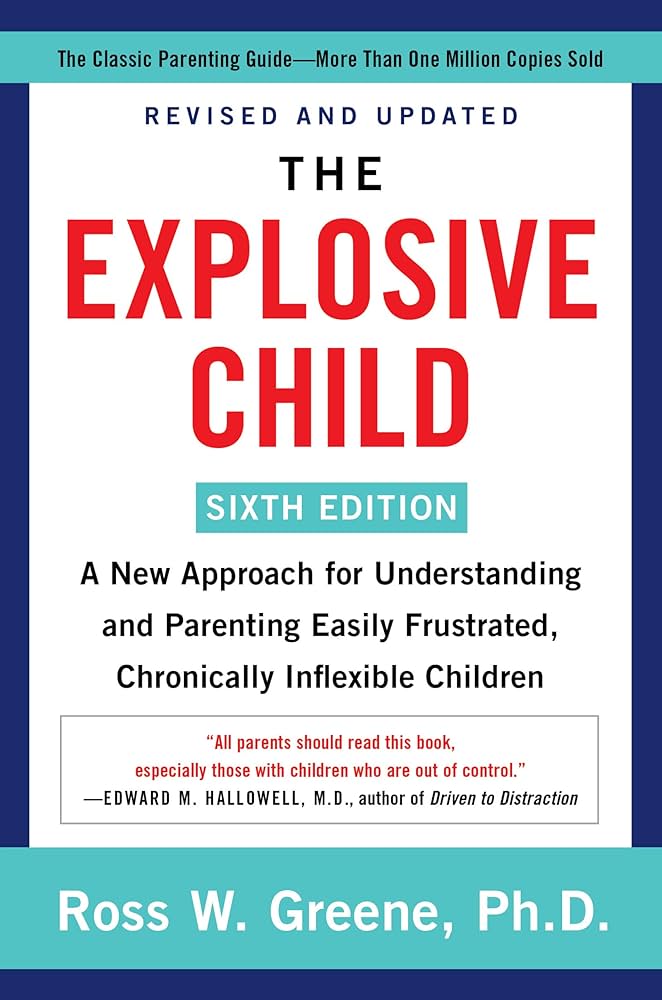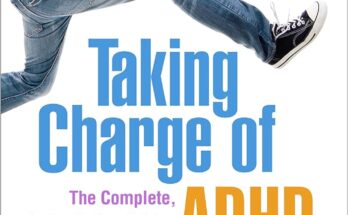
The Explosive Child by Ross W. Greene: A Comprehensive Guide
In today's fast-paced world, parents and caregivers often face challenges in managing children with explosive behaviors. Dr. Ross W. Greene's book, The Explosive Child, offers practical strategies and insights to help understand and address these behaviors.
Understanding Explosive Behavior
Explosive behavior in children can be triggered by various factors, including frustration, unmet needs, and underlying psychological issues. It is crucial to identify the root causes to effectively manage these behaviors.
Key Concepts from The Explosive Child
- Collaborative & Proactive Solutions (CPS)
- Identifying Triggers and Lagging Skills
- Creating a Collaborative Plan
- Implementing Proactive Solutions
Collaborative & Proactive Solutions (CPS)
The CPS model is at the heart of Dr. Greene's approach. It emphasizes working together with the child to find solutions rather than imposing unilateral decisions.
Identifying Triggers and Lagging Skills
One of the first steps is to identify what triggers the explosive behavior. This involves understanding the lagging skills that the child may have, such as difficulty in communication or problem-solving.
Creating a Collaborative Plan
Developing a plan in collaboration with the child helps in addressing the issues more effectively. This process involves the following steps:
| Step | Description |
|---|---|
| Empathy | Understanding the child's perspective and concerns. |
| Define the Problem | Clearly stating the issue that needs to be addressed. |
| Invitation | Collaborating with the child to come up with mutually agreeable solutions. |
Implementing Proactive Solutions
Proactive solutions are essential in preventing explosive episodes. This involves regular check-ins, creating routines, and providing the child with the tools they need to manage their emotions and behavior.
Benefits of the CPS Model
The CPS model has several benefits:
- Improved communication between parent and child
- Reduction in the frequency and intensity of explosive episodes
- Development of problem-solving and coping skills in the child
- Enhanced trust and relationship quality
Case Studies
Several case studies illustrate the effectiveness of the CPS model. Here are a few examples:
| Case Study | Outcome |
|---|---|
| John, Age 8 | Reduced outbursts from daily to weekly, improved school performance. |
| Mary, Age 10 | Enhanced communication skills, better relationships with peers and family. |
| Sam, Age 7 | Increased ability to manage frustration, fewer conflicts at home. |
Practical Tips for Parents
Here are some practical tips for parents using the CPS model:
- Stay calm and composed during explosive episodes.
- Engage in regular, open communication with the child.
- Practice empathy and understanding.
- Collaborate with the child to find solutions.
- Be consistent with routines and expectations.
Conclusion
Dr. Ross W. Greene's book, The Explosive Child, provides a comprehensive approach to understanding and managing explosive behaviors in children. By utilizing the Collaborative & Proactive Solutions (CPS) model, parents and caregivers can foster a more positive and productive environment for their children.
For more information and resources, visit Read Review Talk and check out the blog.



